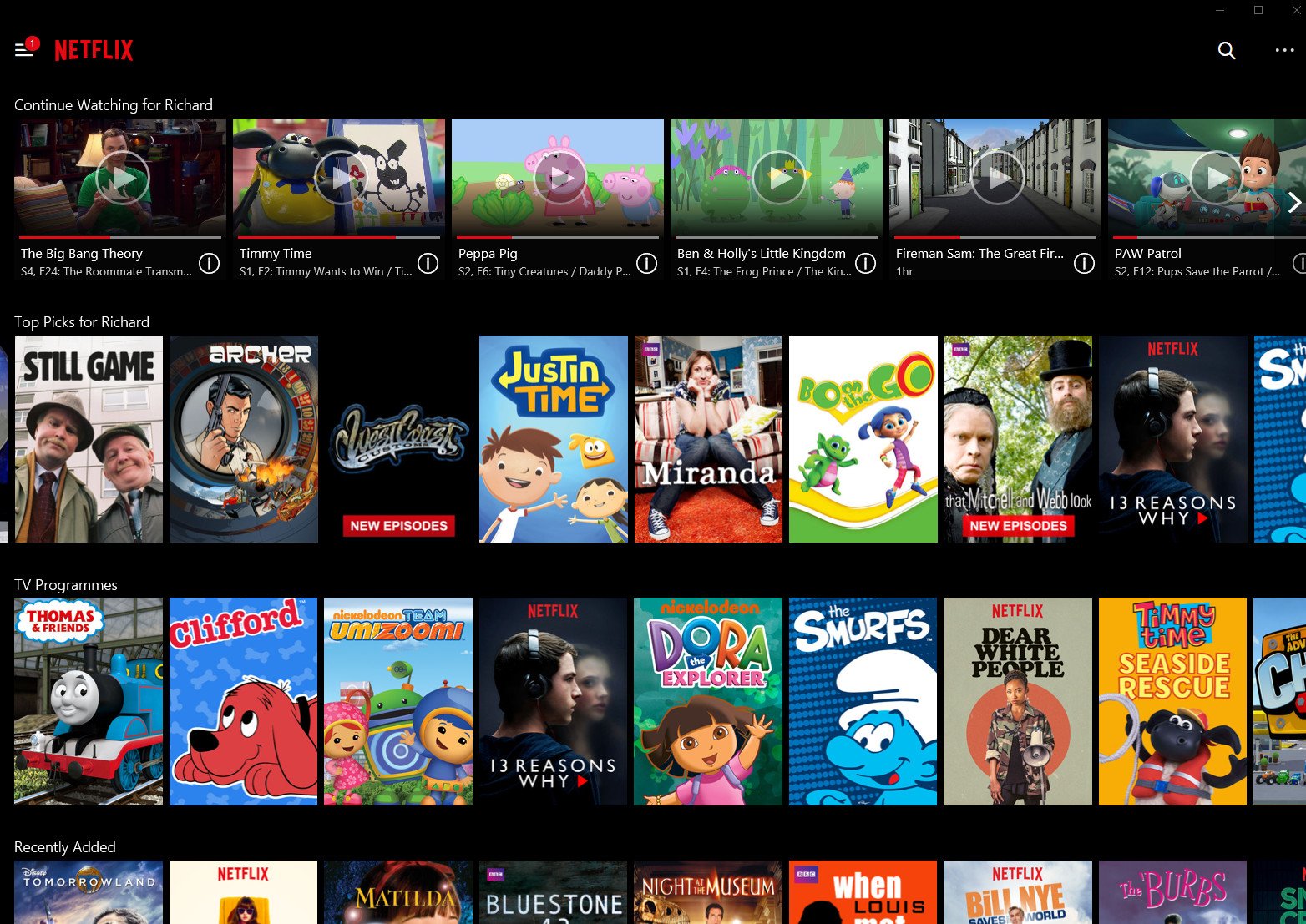Netflix now supports HDR streaming on Windows 10
Move over Xbox One: Windows 10 can now handle Netflix HDR, too.

Xbox One users have been able to stream HDR content on Netflix for a while, but Windows 10 is now joining the party as well. Netflix today announced that HDR streaming is now supported in its Windows 10 app, as well as in Microsoft Edge.
There are some caveats to the news, however. First, you'll need a premium Netflix plan and a supported PC to get started, Netflix says. From Netflix:
Intel's 7th generation and higher CPUs provide that capability needed to play the Netflix HDR10 encodes. In addition, both Intel and Nvidia developed GPUs that use 10 bits-per-channel for each of the RGB colors, increasing the color space that can be represented. With this new hardware available in consumer PCs, Netflix and Microsoft partnered together to put the software pieces in place.
You'll also need to be updated to the Fall Creators Update, which added the necessary bits needed to support HDR. Of course, your display will also have to support HDR, which is still a fairly new thing for desktop PC monitors. It's not yet clear if AMD processors are or will be supported.
HDR is largely heralded as an even bigger advance in picture quality than the bump to 4K. With it, whether through the HDR10 standard (used here) or Dolby Vision, images can be displayed with greater levels of contrast, improving detail across a given scene. Netflix was an early adopter of HDR content, and a number of its own original shows are available to watch in HDR.
If you have a compatible PC and display, you should be able to get started with Netflix HDR streaming from the app or in Microsoft Edge now.
All the latest news, reviews, and guides for Windows and Xbox diehards.

Dan Thorp-Lancaster is the former Editor-in-Chief of Windows Central. He began working with Windows Central, Android Central, and iMore as a news writer in 2014 and is obsessed with tech of all sorts. You can follow Dan on Twitter @DthorpL and Instagram @heyitsdtl.
